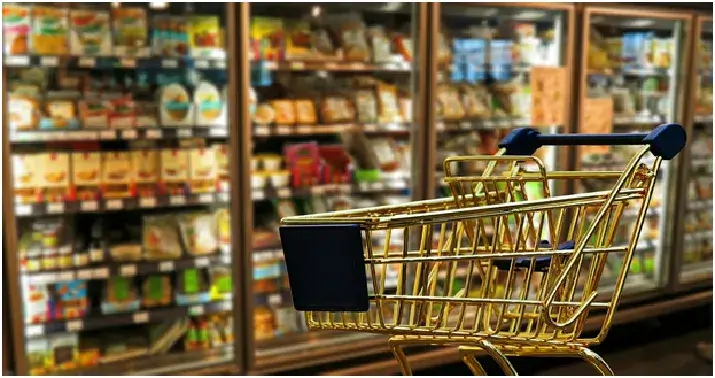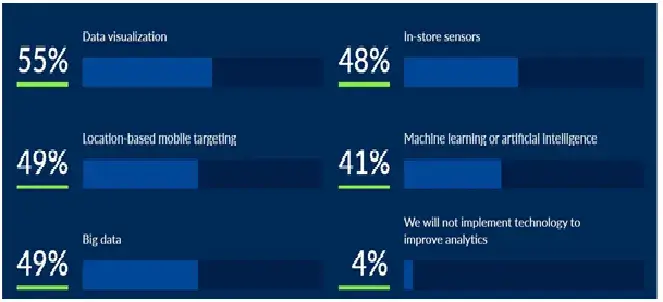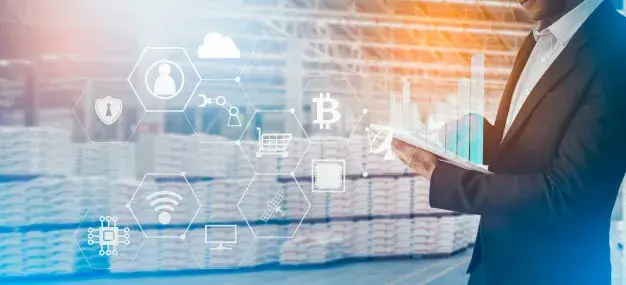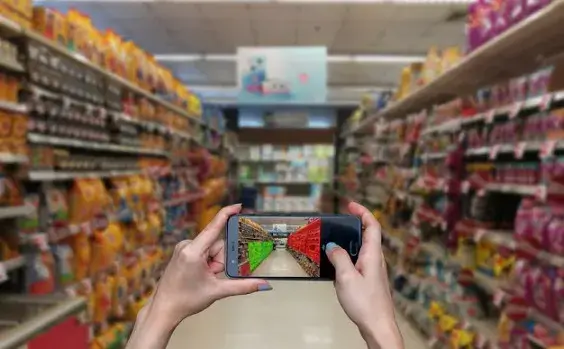Impact of Data Science on Retail Industry

Here's What We've Covered!
What defines success in the Retail sector? It is the retailer’s ability to know their customer preference accurately, predict the sales and keep control of the expenses. With businesses manufacturing a plethora of products and selling to millions of buyers across the globe, accuracy becomes a far-fetched question. This is where Data Science steps in. Today, Data Science has an immense impact on the business model of the retail industry. As per IBM, 62% of retailers stated that Big Data techniques give them an edge over competitors. The right use of data gives you access to critical customer information and the right tools in your arsenal. Competition in the retail sector is fierce and optimizing processes to match customer expectations has become increasingly important.
The retail business generates a treasure trove of data pertaining to their customers and markets. Big data wades through this ocean of numbers and discovers pearls of insights about customer behavior or market trends. After all, what good is this repository of data if retailers cannot use it to expand their footprint, and maintain profitability? The efficient use of data empowers decision-makers to choose the right path at the right time. Predictive Analytics does the trick here. It can study the terabytes of data and design a model that forecasts the sales growth based on past trends. This helps retailers to stay on top of the game and gain market share.
Most preferred data technologies used by retailers
Here’s a quick look at what Data Science can do for the retail sector:
1) On Spot-Optimization
PWC says, 60% of the consumers believe prices to be the main reason to purchase anything. Data analytics models help them to track inventory levels, demand levels, pricing, as well as competitor activities. Based on the results of the model, retailers can come to know if their pricing is appropriate or they need to re-calibrate their pricing. The optimization helps to know the opportune time to adjust the price levels. Usually, the pricing is adjusted based on the demand pattern of the customers.
The tools for price optimization include mystery shopping, geographical data collection, customer-segmentation, etc. The price optimization model uses algorithms that study real-time customer response to the prices, marketing campaigns, and discount schemes, festive offers, etc.
Eg: Walmart, the global retail giant has its advanced analytics hub known as Data Café, in its headquarters. The Data Café has more than 40 petabytes of transactional data which helps them to understand the trend. The in-depth analysis helped the retailers’ grocery team to understand that the sales of a particular product category declined due to inappropriate pricing. The algorithm also has an automated alert system to notify if there is a sudden drop in sales so that fast action can be taken based on analytics.
2) Inventory management
The complexities in the supply chain management and product life cycles have prompted retailers to seek help from Data Science. Inventory management refers to keeping product stock available for sales at any given time. This demands close co-ordination with suppliers and manufacturers require a data-backed solution. Advanced Machine Learning algorithms and data models can identify trends and correlations between various aspects of the supply chain. These algorithms help to constantly adjust the product levels based on demand and upcoming sales patterns. They also enable delivery optimization and managing the stock based on the recommendation of the algorithm.
Eg: Amazon uses analytics for inventory management. As soon as you add an item to your shopping cart, they recommend similar items to you. They also keep adding the items based on the demand level of the buyers and notify them once they have added more stock. Many times, e-tailers like Big Basket give you alerts of replenished stock based on your previous buying history.
3) Implementing augmented reality
Augmented reality is very futuristic but retailers are slowly warming up to it. Leading retail brands are offering these technologies to the customer to experience the product without really owning it. Let’s take the example of the Swedish giant, IKEA, which is leveraging augmented reality since 2013. The brand offer image recognition technology which enables customers to scan product of their choice and virtually place them in their house to have a first-hand look and feel. They can also make various combinations through various colors and sizes without having to purchase the product. This helps customers to make informed decisions and retailers see lesser returns or negative sales.
4) Personalize in-store experience
The proliferation of e-commerce has caused a blow to the brick and mortar retailers. Leading stores are shutting down and brands are losing customers to online shopping convenience. However, many miss the actual shopping experience in real retail outlets. Thanks to Data Science, it could be a reality again. People-tracking technology, analysis of in-store customer behavior and merchandising assessment can improve the buyers’ shopping experience. The retailers can thus personalize the offerings and incentivize loyal customers to boost purchases across stores.
For eg: Amazon Go-stores are cashier-less stores wherein customers scan the code through their Amazon Go app and the amount is directly debited. There are a hundred cameras that track their movements and in-shop navigation. The data is then used to enhance shopping efficiency and place their preferred products strategically across their path of movement in the store.
5) Using Social Media
Social Media is not just a medium to connect with friends or like-minded people. It is a platform that is replete with real-time interactions and a data goldmine for retailers. There is a lot of valuable information on social media which will help you to spot the purchase cycles, analyze behavior and identify trends. For eg: Nordstrom, a luxury retailer in the US, leverages Facebook, Pinterest, Twitter, and Instagram to identify the most talked-about products and promote them in its stores. The retailer uses Natural Language Processing or NLP to gather information and Machine Learning uses the data to develop a competitive edge for Nordstrom. However, the catch here is that the data must be extracted while respecting the privacy of the customers.
Read more: 6 CRUCIAL WAYS ARTIFICIAL INTELLIGENCE (AI) IS CHANGING MARKETING – FOR THE BETTER!!
Resent Post
>
Emerging commerce career options in India (2026): From CA to Data Analyst
>
ACCA Opportunities You Didn’t Know About – Think Beyond Audit!
>
Which Courses After 12th Commerce With High Salary Are in Demand Worldwide?
>
How to Find ACCA Jobs Online After Qualifying: Real Portals, Tips & Career Guidance
>
Financial Modelling Classes in Hyderabad: Your Guide to the Best Institutes
Follow Us For All Updates!








